
Websites aren’t static, online brochures, but living, breathing sales tools designed to change, adapt and evolve depending on who you are trying to reach.
When someone visits your property, they are nearing the end of the sales funnel and are just about ready to take action.
But for everyone else, there needs to be a “bridge” designed to help get people from your website (and other online platforms) to your local properties in a more efficient way.
Here are three reasons why your site isn’t converting and how to fix each.
If the average conversion rate on a website is only around 1 or 2%, then that means ~98% of your visitors aren’t going to immediately reach out to get pricing and availability or schedule a tour.
They simply aren’t in the right stage of the “buying cycle” yet.
They need help recognizing the need for your property and determining why your property stands out from the competition.
The Zero Moment of Truth happens before people get to your website.
But once they do arrive, how can you keep them around long enough to get even a small commitment?
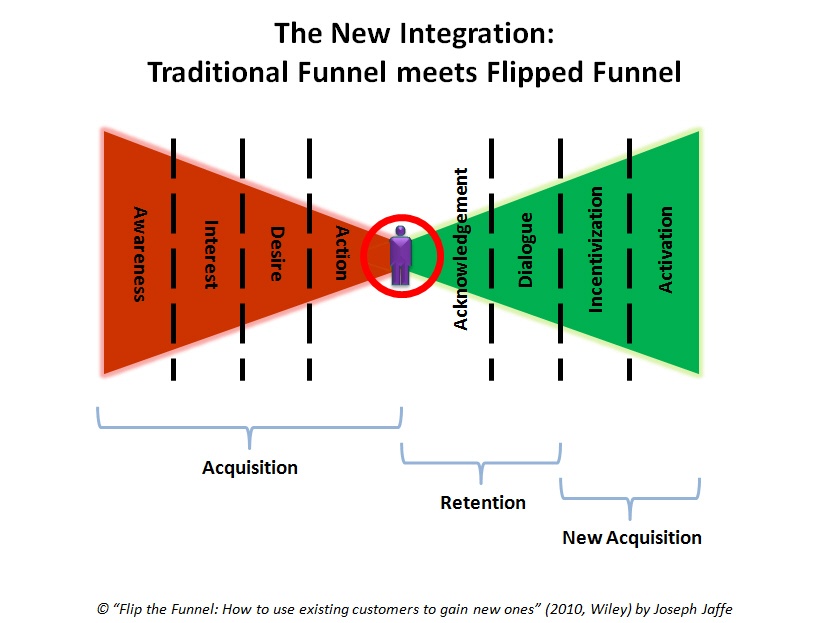
If people aren’t going to set up a visit or appointment when they’re on your website, a “micro-conversion” is the next best step.
Where a “macro-conversion” would be the primary objective you’re looking for (a filled out application, a solid prospect or lease signed), micro-conversions are all the smaller commitments that happen in between.
For example, AO Apartments does a good job highlighting their primary goal (an application), but also including a secondary option close by (watching the property video).
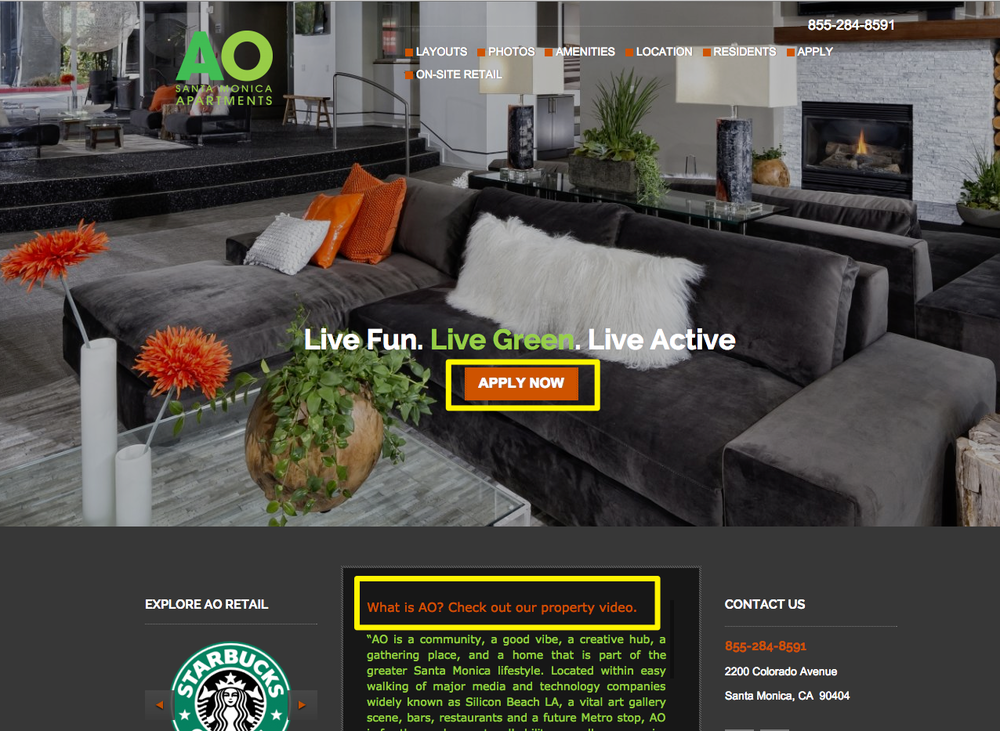
Beyond simple video views, getting somebody’s email address should be at the top of your list.
They present that bridge opportunity to connect with your potential customers online during the critical moments in their consideration-to-purchase process.
That way you’re able to build trust and nurture each lead until the timing’s right, and they’re ready to set up a local visit.
Most property websites can do a better job collecting email addresses by looking at places where you’re currently providing some extra value or additional information, and asking (politely) for their email address.
For example, E-Brochures and other types of downloadable PDFs are almost always fair game.

But the key is that the offer needs to have a compelling value proposition.
Why should someone part with their email in exchange for this thing in the first place?
The Gallery at Noho does a great job providing some additional micro-conversions at the bottom of viewing an apartment floor plan.
But they don’t explain WHY someone should use these links, and doesn’t expand on the end result or outcome someone will experience by using them.
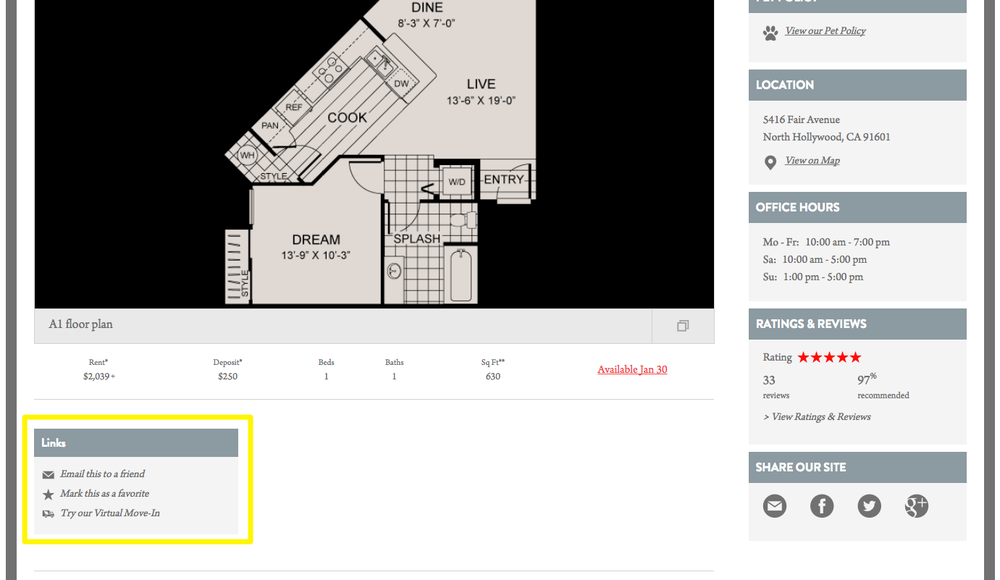
And that’s too bad! Because they do provide a very interesting virtual move-in feature that can help people research and evaluate their options compared to alternatives.
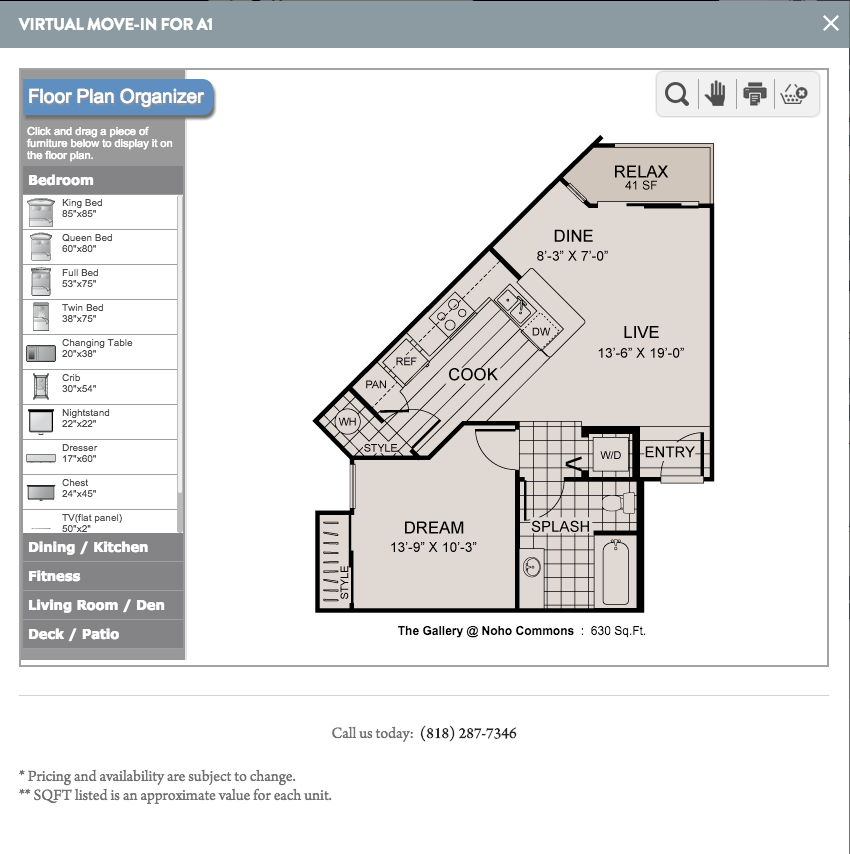
Providing micro-conversions like these and other comparison-type information helps make a potential renter’s life easier by giving them the information they are looking for as well as good user-experience with your company.
But more importantly, accentuating options like this help give you another way to differentiate yourself from the competition on something other than price.
Once you generate a new lead (or email address) from your website, there should be very specific and automated follow-up designed to get someone to the next “step” in your relationship.
Generic newsletters or social messages are a start, but typically they aren’t enough to target these warm leads with trust-building messaging that moves the needle.
Instead, marketing automation techniques can give people reasons to come back to the website to explore or discover new information -- in a very specific, targeted way.
Chances are, you already do something similar.
Sending follow up messages to people who’ve just visited your property is pretty standard.
But again, most don’t go far enough.
This Archstone example (now owned by Equity Residential) is a nice, basic email template sent out with a link to take a survey.
However… why should someone take the survey? What do they get out of it? And how does it motivate the prospect’s to re-visit or place a deposit?

This example is a little better, highlighting interesting in a specific property type, and then including a call-to-action for completing an application in 15 minutes.

The best marketing automation techniques provide the right message, to the right person, at the right time.
Using software, you’re able to build out the rules, content and workflow ahead of time. Then new prospects are automatically enrolled, or taken out, depending on actions they take (controlled through your property’s CRM of choice).
QuickSprout does a good job summarizing the major benefits*:
*For more information on the ins and outs of marketing automation, check out the rest of QuickSprout’s Guide.
Marketing automation can be a lot to take in.
Luckily, there is plenty of online software out there that will take care of most of the details for you.
For example, software such as Marketo, Zoho and HubSpot focus on consumer engagement and personalization and claim to help its users create powerful automate campaigns.
Marketing automation is key to capitalizing on micro conversions and nurturing long-term potential client relationships.
But marketing automation can’t do all of the leg work. It requires compelling resources and follow-up.
This means your site itself has to evolve, offering new interesting content so people have a reason to return again and again until they’re ready to become a sales-ready lead (visiting your property).
Generic landing pages don’t perform well because they try to reach everyone.
The downside of trying to reach everyone? You end up reaching no one.
The best landing pages promise something specific to a specific visitor – and typically from a specific channel.
For example, if someone’s searching with a basic query (like “Santa Monica Apartments”), then they’re not quite ready to sign an agreement because they’re evaluating different properties in the area.
So instead of a sales message, they should see a landing page that highlights unique property features, information about the management, and a call-to-action to schedule an appointment.
Here are some are a few best practices for putting together landing pages that perform.
Check out 15 Landing Page Examples Analyzed for Conversion for more information on what works (and doesn’t work).
For example, the Gallery at Noho does a great job listing out all of their amenities.
However the information’s dense, and the formatting doesn't’t make it very easy to scan and read.
In other words, the content on this page isn’t very digestible (not to mention, boring or stale).

Now compare that to the 360 degree views the Irvine Company offers.
They’re able to show, not just tell, which helps to instantly communicate (a) what amenities they have, and (b) the value you’re going to get from them.
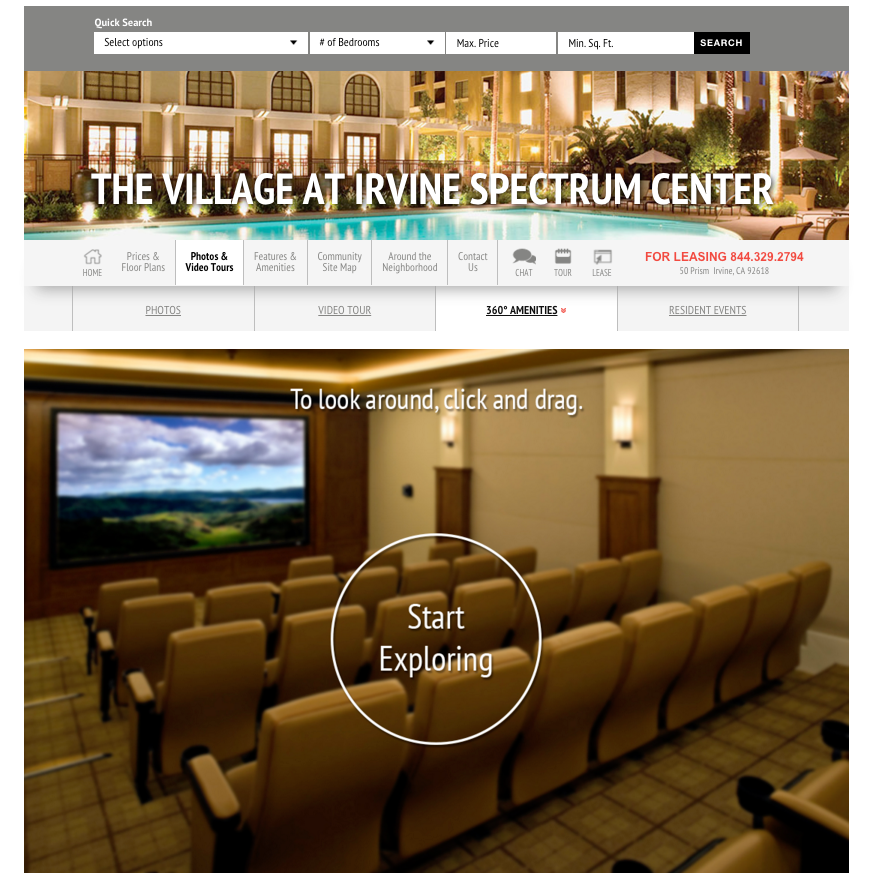
There’s often a disconnect between what a website’s doing (or not doing) and the sales-focused aspect of each property waiting around for leads to show up.
The good news, is that it’s never been easier to bridge this gap.
You can successfully engage potential customers by creating new options on your site for smaller commitments, creating more personalized and effective follow up for them, and then updating landing pages to target the right visitor at the right time can help bridge this gap.
Putting these steps into practice will help transform an “online brochure”, static website into a powerful lead generation tool that delivers results.
These Stories on Web Design

San Diego, CA
600 B St.
San Diego, CA 92101

Austin, TX
600 Congress Ave.
Austin TX 78701

Washington, DC
1875 Connecticut Ave NW
Washington, DC 20009
Copyright © 2024 AM Digital, LLC Terms of Service Privacy Policy
Street Address
City, ST 00000
Call us: 1-800-COMPANY
(800-000-0000)